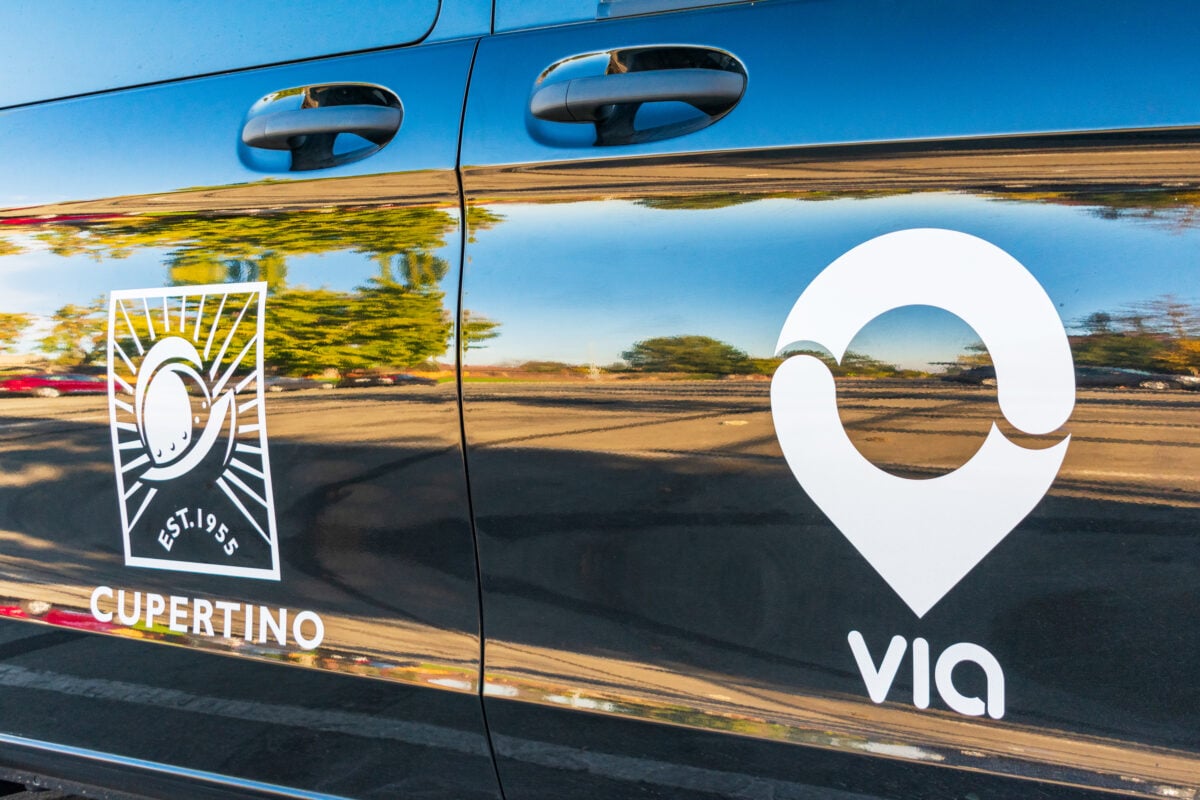TLDRs;
- Via partners with Waymo to provide software for robotaxi services, starting in Chandler, Arizona before expanding nationwide.
- Ride-pooling features from Via’s platform aim to cut costs, ease congestion, and improve robotaxi efficiency for riders.
- Via’s IPO raised $493M at a $4B market cap, as it expands its footprint in public and autonomous transit.
- Waymo’s scaling strategy sees collaboration with transit tech firms as key to mainstream adoption of autonomous taxis.
US transit technology company Via has entered a major partnership with Waymo, Alphabet’s self-driving car subsidiary, to help expand the reach and efficiency of robotaxi services across the United States.
The collaboration marks a significant step forward for both companies as they seek to scale autonomous transportation beyond pilot projects and into mainstream urban mobility.
Chandler, Arizona First to Benefit
The integration will start in Chandler, Arizona, one of Waymo’s most established testing grounds for autonomous vehicles. Via’s platform will provide the software backbone for Waymo’s fleet, introducing features such as ride-pooling, which allows multiple passengers heading in the same direction to share a single vehicle.
This functionality is designed to reduce costs, improve vehicle utilization, and ease urban congestion, key hurdles for scaling robotaxis in busy cities.
NEWS: Waymo will offer its autonomous rides on Via Transportation's public transit platform, starting with Chandler city in Arizona, the companies said.
The service will be introduced this fall in the city's on-demand small-scale public transportation service, Chandler Flex,… pic.twitter.com/A6uepRB2I3
— Sawyer Merritt (@SawyerMerritt) September 18, 2025
The companies have confirmed that additional US cities are in line for rollout, though no timeline has been made public. Waymo already operates autonomous taxis in cities like San Francisco and Phoenix, reporting hundreds of thousands of weekly rides. The Via partnership is expected to help manage this growing demand while offering riders a more seamless, affordable service.
Via’s Expanding Transit Tech Footprint
Headquartered in New York, Via has built a reputation as a leader in public transit management and integration software.
Its technology powers transport networks in over 30 countries, serving nearly 700 clients, most of them government agencies. In August, Via revealed in its IPO filing that it generated US$205.8 million in revenue during the first half of 2025, up 27% year-on-year, though the company still reported a net loss of US$37.5 million.
Despite ongoing losses, investor appetite remains strong. Via raised US$493 million in its New York Stock Exchange debut earlier this year, achieving a market capitalization of US$4 billion. Proceeds from the IPO are earmarked for global expansion and deepening its partnerships in the mobility sector.
Via’s revenue model is heavily tied to long-term government contracts, which provide stability but also create concentration risks if public sector priorities shift. Nevertheless, its ability to integrate autonomous technologies with existing public transit systems makes it a natural partner for companies like Waymo seeking to bridge the gap between futuristic robotaxis and everyday city mobility.
Waymo’s Growing Ride-Hailing Ambitions
Waymo, long considered a pioneer in autonomous driving, has steadily expanded its robotaxi operations across the US. With safety records improving and regulatory approvals increasing, the company is betting big on scaling its fleet to serve urban commuters.
Partnering with Via strengthens its operational efficiency by tapping into a platform that already manages complex transit logistics.
Industry experts view the collaboration as a sign that autonomous taxi services are moving beyond test phases toward genuine mass-market adoption. For cities, the partnership could provide a template for integrating robotaxis into broader transit ecosystems, reducing reliance on private car ownership and contributing to environmental sustainability.






